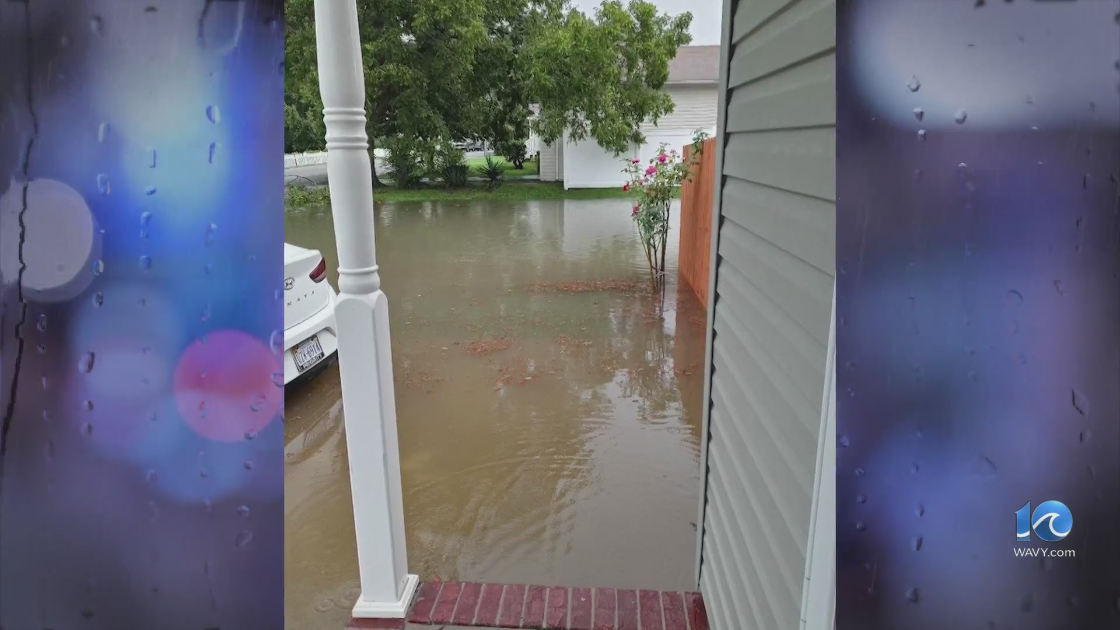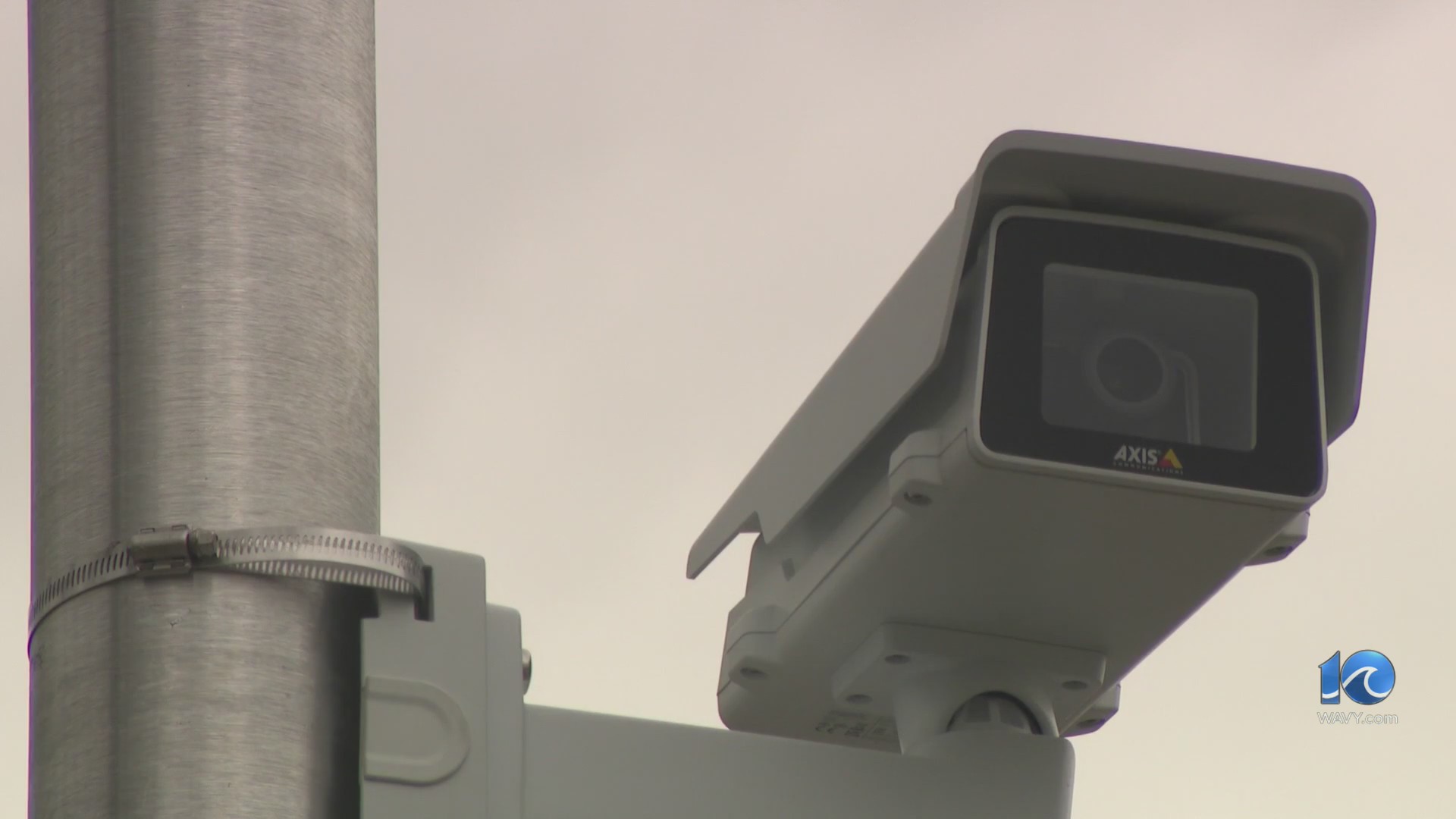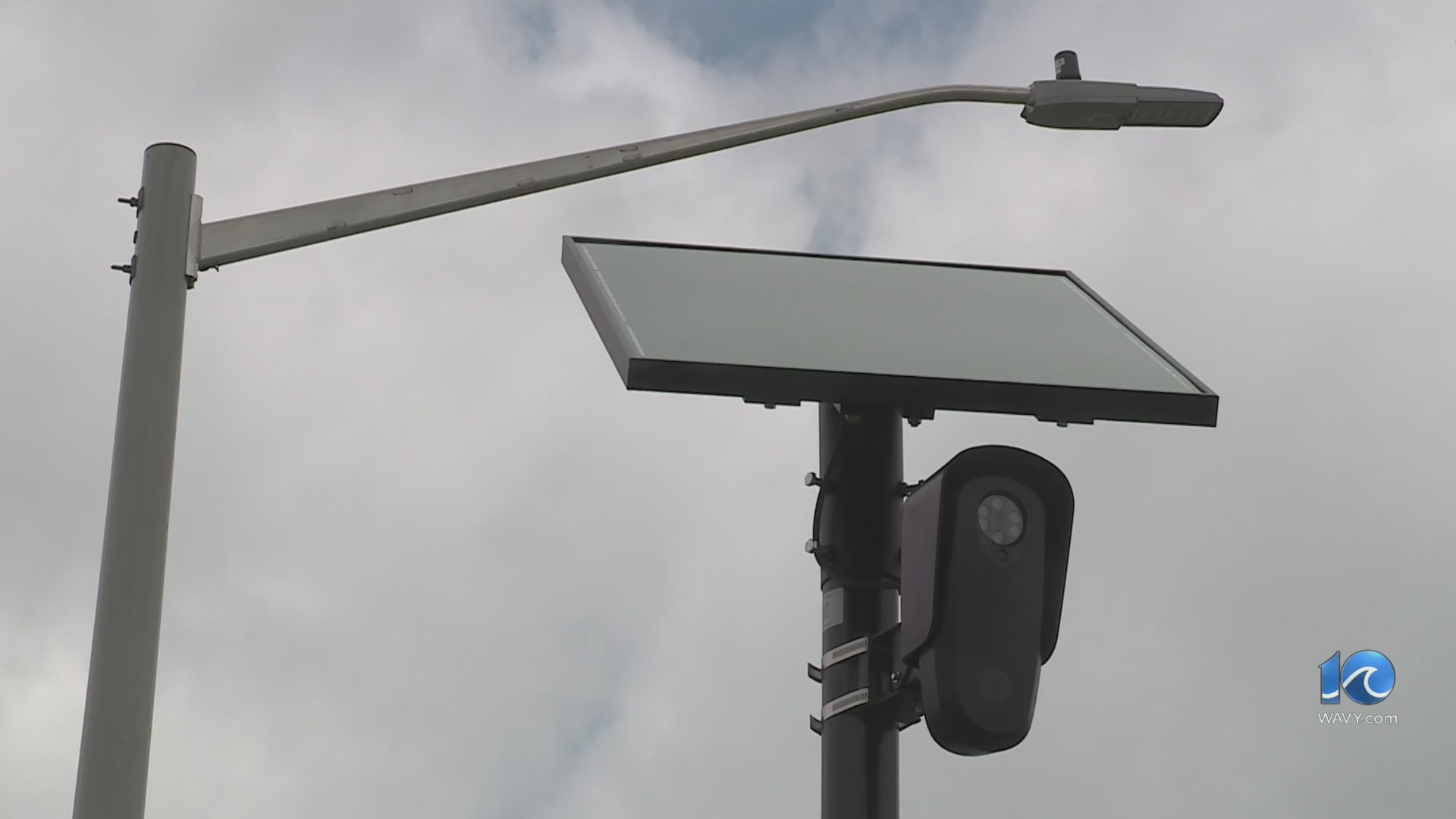MEXICO CITY (AP) — A tropical storm over the eastern Pacific Ocean intensified into a hurricane and was ripping toward Mexico’s southern coast on Monday.
Originally forecast as a tropical storm, the U.S. National Hurricane Center said that John had “rapidly strengthened” into a hurricane with maximum sustained winds of 100 mph (155 kph). The storm was located 55 miles (90 kilometers) south of Punta Maldonado. It was moving north at 6 mph (9 kph).
John was barreling forward as a category 2 hurricane, but was forecast to continue strengthening possibly into a major category 4 hurricane before making landfall Tuesday. John’s forecast path continued shifting so the point of landfall remained uncertain.
The center said it could result in dangerous winds and storm surges, as well as “life-threatening” flash floods in the Pacific coast near Oaxaca, a hub of resort towns.
Things were tense in Oaxaca’s coastal cities on Monday shortly after the announcement as residents and businesses were bracing themselves.
Laura Velázquez, the federal coordinator of civil protection, told residents of Pacific coastal cities they should evacuate their homes and head to shelters in order to “protect theirs and their family’s lives.”
“It’s very important that all citizens in the coastal zone … take preventive measures,” Velázquez said.
Meanwhile, hotels in the tourist hub of Puerto Escondido were awaiting instructions from authorities to begin evacuating tourists to transfer them to safer areas.
Ana Aldai, a 33-year-old employee of a restaurant located on the shores of Playa Escondida, said that businesses in the area began closing after authorities ordered the suspension of all work on the area’s main beaches.
Videos on social media from Puerto Escondido showed flip-flop-clad tourists walking through heavy rain and fishermen pulling their boats out of the water. Strong rains in previous days have already left some roads in the region in a precarious position.
Aldai said she was “a little bit distressed” because notice from authorities came quickly.
“There was no opportunity to make the necessary purchases. That also distresses us,” she said.
Mexican authorities were meeting Monday afternoon to plan their response to the hurricane.
Through Thursday, John is expected to produce 15 to 30 centimeters (6 to 12 inches) of rain across coastal areas of Chiapas state with more in isolated areas. In areas along and near the Oaxaca coast to southeast Guerrero, between 25 and 50 centimeters (10 and 20 inches) of rain with isolated higher totals can be expected through Thursday.
The hurricane is bleak news for the region, which last year was walloped by a similar rapidly intensifying hurricane.
Hurricane Otis devastated the resort city of Acapulco, where residents had little warning of the strength of what was about to hit them. One of the most rapidly intensifying hurricanes ever seen, scientists at the time said it was a product of changing climate conditions.
Otis blew out power in the city for days, left bodies scattered on the coast and desperate family members searching for lost loved ones. Much of the city was left in a state of lawlessness and thousands scavenged in stores, scrambled for food and water.
____
Follow AP’s coverage of Latin America and the Caribbean at https://apnews.com/hub/latin-america



























































